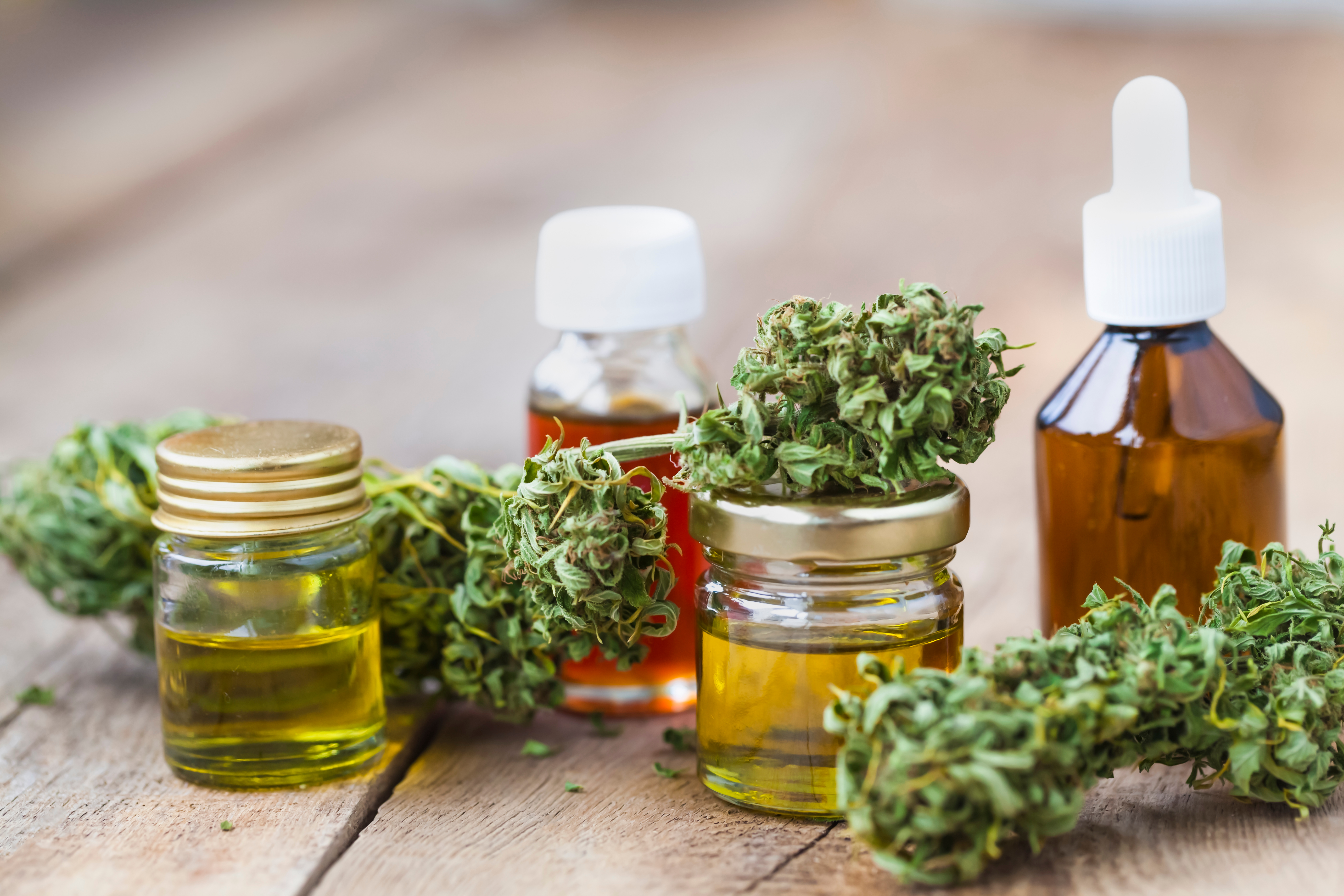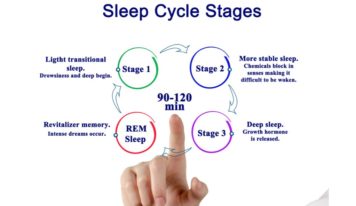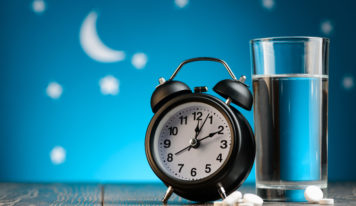Choosing which CBD products to buy for the very first time can be a confusing process for a newcomer who is new to the world of CBD extracts.
There are a ton of different descriptions out there that are used to sell CBD, and it’s easy to see how people can get lost in a sea of unfamiliar terms. You may be scratching your head and wondering, what does “whole plant” or “extraction method” even mean?
Although CBD has propeties that can improve your health, without the right education, you could end up buying something that isn’t suited for your specific needs. Unfortunately, trying to decipher what’s written on the label doesn’t always provide the clarity that you need!
The good news is that you don’t have to waste your time and money trying to figure it all out by yourself. We’re going to walk you through some key terms so that you can buy high quality CBD products with both confidence and ease.
Terms like full-spectrum, isolate, and broad spectrum will no longer seem like it came out of an academic textbook. Plus, this article will even dive deeper, and provide examples of brands with products that cover each of these science-y terms. Are you ready? Let’s get started!
What is CBD And Where Does It Come From?
Cannabidiol (CBD) is one of hundreds of cannabinoids that are found in cannabis, of which marijuana and hemp are both varieties of. Other cannabinoids in the plant include THC, CBC, and CBN, but marijuana’s THC is the one that most people are familiar with.
The cannabis plant actually has many different strains, and the concentration of CBD varies with each one. Although marijuana is rich in CBD, it comes in second to its most active compound, THC. This is the plant chemical that recreational users tend to favor it for the euphoric “high” it produces.
On the flip side, industrial hemp is very has been bred to remove all traces of THC, making it incredibly rich in CBD. Since there is less than .03 percent of THC, and in some cases, zero traces of THC, in hemp, the federal government has recently legalized industrial hemp across the country.
It’s important to note that CBD is found throughout the entire cannabis plant, and not just its leaves. Look for CBD that has been extracted from the whole plant, and not just a particular section. The stalks and seeds contain little to no CBD.
How Is CBD Extracted?
Cannabinoids like CBD are extracted using one of several different methods. The two most common methods are alcohol (ethanol) and supercritical CO2 extraction. Don’t roll your eyes back into your head just yet! The differences are critical in the quality of CBD that’s produced.
Alcohol extraction is less expensive, and it may leave trace amounts of ethanol in the final product. This makes alcohol extraction the least desirable for you as a consumer.
The more costly method, CO2 extraction, produces a cleaner, healthier oil. But even with this extraction method, there are some subtle differences.
Supercritical CO2 extraction is done at lower temperatures, and this is the preferred method because it retains the most CBD.
The subcritical method on the other hand uses a higher temperature to extract CBD from the plant, which means there is a loss of beneficial CBD in the process.
What Is A Full-Spectrum CBD Extract?
Full-spectrum is a term that describes a product that contains a full range of cannabinoids and terpenes. Basically, it has all the good qualities of the plant, and not just CBD. If a high-quality extraction method was used, a full spectrum extract closely mirrors the original chemical profile of the plant.
But, don’t trust the label. A third party lab test will show the exact percentages of cannabinoid in the specific batch that you are purchasing. Reputable companies are more than willing to be transparent and make the test results available to you.
Keep in mind a full-spectrum CBD extract may still contain barely detectable trace amounts of THC, not to exceed the legal limit of 0.03%.
What Is A CBD Isolate?
When CBD is whittled down to a single molecule, the resulting isolate is a white powder that contains a high percentage (99+%) of CBD. Medical patients often add the powder to their food or drinks, but it can also be vaped since it’s a concentrate. It’s often added to MCT oil, but this should not be confused with a full-spectrum CBD oil.
Isolates should contain nothing except CBD. The plant’s naturally occuring terpenes are removed. However, because terpenes provide synergistic health benefits, some companies made add terpenes back into the CBD isolate. These These products are known as terpsolate.
What About Broad-Spectrum CBD?
Most broad-spectrum CBD products have a very limited cannabinoid profile. It’s most often used to describe CBD that has had all detectable levels of THC removed, even the 0.03 percent that’s legal. It’s the next best thing to a full-spectrum product for people that are sensitive to even trace amounts of THC.
Check The Lab Results
Not all CBD products are consistent, or even worthy of being called CBD. If you want a quality product, don’t buy the dropper bottle that’s sitting next to the cash register at the gas station.
Look for brands that provide lab test results at the batch level. This means that the exact batch that was produced and is in the CBD product that you are purchasing has been tested.
Here are some examples of what full-spectrum, isolate, and broad-spectrum lab tests look like.
BlissHerbal’s Full-Spectrum Tincure has a link to the the lab test results for the batch that you are buying. You view it online right on the product’s description page, without having to ask to see it.
CBD Isolate
The CBDistillery sells a crystalline CBD isolate powder that was extracted entirely from the mature stalks and stems of industrial hemp plants. An image of the cannabinoid profile shows that it contains 100 percent CBD.
Broad Spectrum
Green Roads sells a broad-spectrum CBD oil which lab tests show are free of even trace amounts of TCH.
In conclusion, the only way to know what’s in your CBD products is to look not at the label, but at the test results. Companies will do anything and everything to get you to buy their products. But when it comes to your treating your health concerns, the best method for choosing which CBD product to buy comes down to the third party test results.





